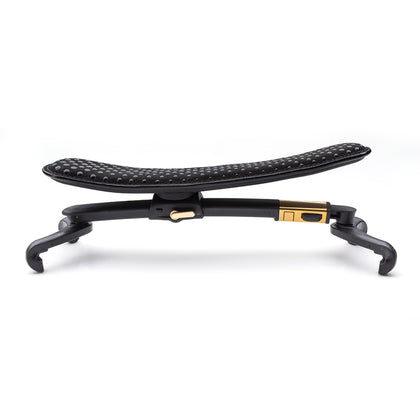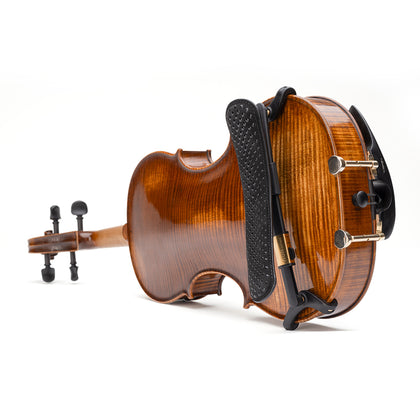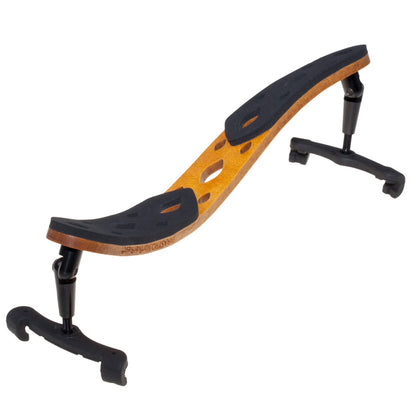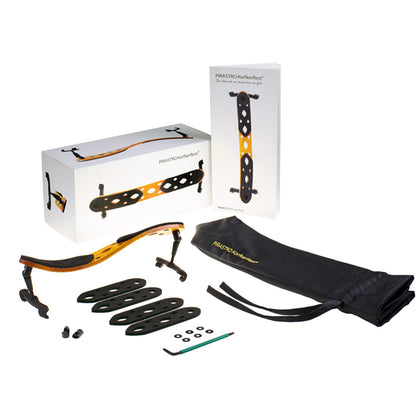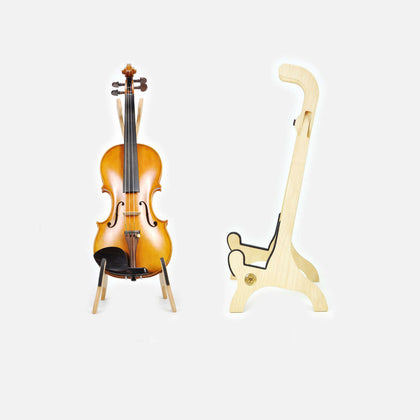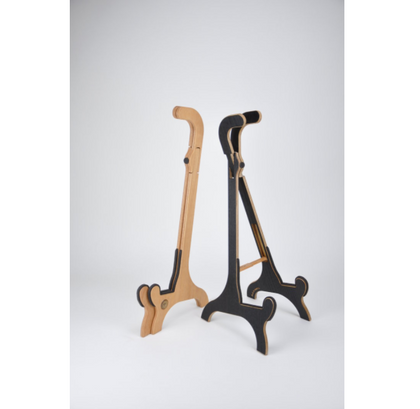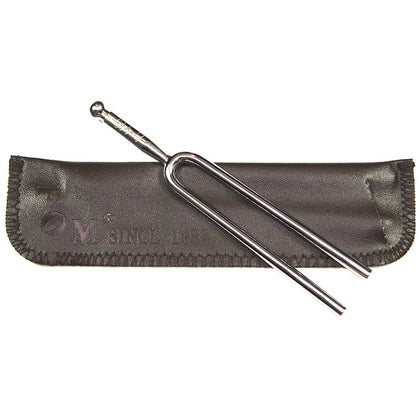News
How to fit a new string to your instrument
Knowing how to fit a new string to your instrument is an important skill for all players (and parents too if the player is young!).
Lately we've been receiving many questions from musicians who are stuck at home and embarking on a string change for the first time.
In the video below Myles demonstrates the steps for changing a string, including:
- How to insert the ball end into the tailpiece
- How to insert and wind a new string on at the peg
- Ensuring your string is fitted correctly in the grooves on the bridge and at the nut
- How to use the fine tuners to finish tuning your instrument
For a more detailed look at how to wind a string on and how to tune your instrument, including using a tuner app on your phone, make sure you watch our detailed tuning video here.
Tips for fitting a new string to your violin:
- Make sure you have the right string to match your other strings! String brands often use colourful lapping at the ball end of the string which helps you determine what type of strings you are using. If in doubt, give us a call and we will be able to help.
- Be careful opening your new string so that you don't kink it, as this can be one reason a string may break later on.
- The ball end should easily go into the catcher on the tailpiece, however on smaller instruments this can be a a tighter fit. You can use a ball point pen to help encourage the string into the tailpiece - just make sure not to apply too much pressure.
- When threading your string into the hole at the peg it only needs to be threaded just to the other side of the peg - make sure you don't push it all the way through into the wood inside the peg box as this can cause scratches when winding your string on.
- Wind your new string on at the peg like a coil, and take caution not to overlap it as this can weaken the string.
- Once you've made a few turns at the peg to wind your string on, you will need to push your peg in as you turn to get the peg to hold tension.
- Your bridge is held straight by the tension of the strings. If one of your strings has broken and you are fitting a new string, be watchful that you are not pulling the bridge forward or moving it out of place.
- If you have broken more than one string, or of your strings have come loose, we recommend coming and seeing us to have your instrument tuned/checked, as this is when your bridge is likely to move out of place.
- Find the correct pitch for your new string by using the fine tuners and a phone app that helps you tune your instrument.
- For cellos, we don't advise lying your instrument down to tune like the video shows for a violin. Instead we recommend sitting down with the instrument standing up between your legs so you can look directly into the peg box.
- All instruments need to be regularly tuned to maintain the correct pitch; this applies to entry level instruments right through to professional level instruments. A new string will go out of tune regularly as it plays in, so you will need to tune more regularly in the first week.
As always, if you have any questions or if you are having trouble with your instrument, don't hesitate to give our team of musicians and luthiers a call on 03 8802 7905.

